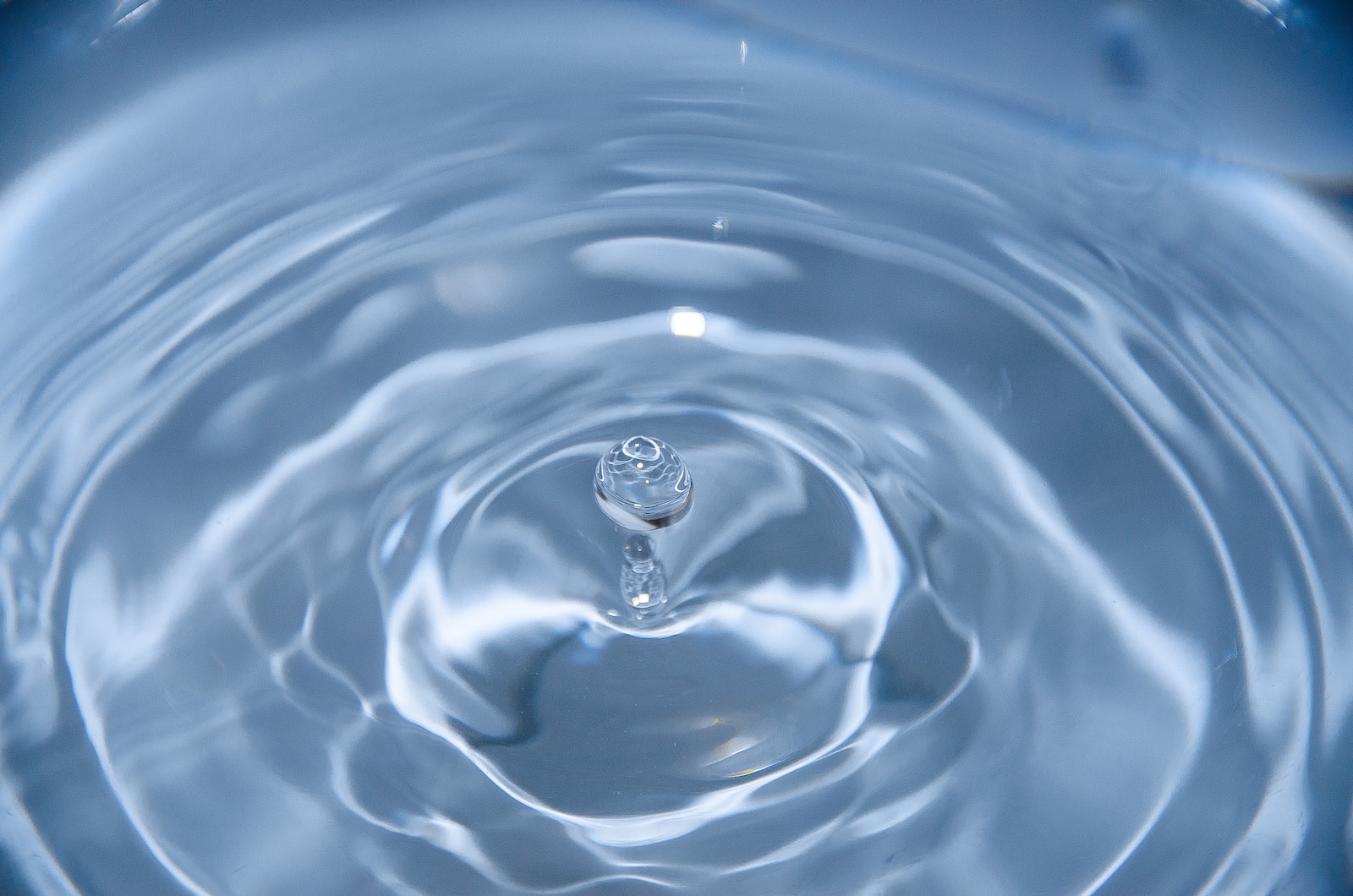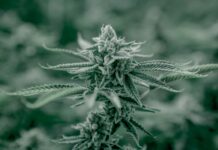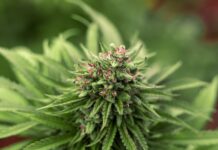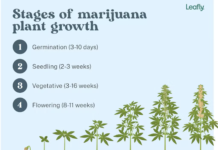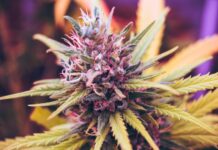How to water your cannabis plants? How much water do they need, how often and what about the PH value? Does it have anything to say? In this article we go through these questions.
There is no definitive answer for how much or how often a cannabis plant needs to be watered. This is because this is influenced by a number of conditions. For example:
- Strain – some strains require more water than others.
- Temperature – the warmer the climate where the plant is grown, the more water the plant needs.
- Humidity – the lower the humidity, the more often the plant needs water.
Stage in the life cycle – the bigger the plant, the more water it needs. - Pot size – the smaller the pot the plant is in, the more often the plant needs water.
The cannabis plant is an aquatic plant that needs a lot of water. More water than e.g. rice, maize, potatoes and wheat. Despite this, overwatering is one of the most common causes of all kinds of growth problems, although underwatering can also affect growth negatively.
Table of Contents :
How often should the plant be watered?
Depending on the above conditions, a rule of thumb is to water the plant every two to three days, especially young plants. A little less often in the germination and seedling stage when water consumption is lower.
How do I know the plant needs water?
There are several ways to check if a plant needs water. One method is to stick a finger in the soil to feel whether the soil is moist or not. When the top 5 cm of soil is completely dry, it is time to water the plant again.
Another way is to weigh the plant before and after you water the plant. You then get an idea of how light the pot should be when it needs water. Some use a scale to find out the weight, while others simply lift the pots daily to feel how much water is left.
How should the plant be watered?
You should not water the plant a little every day. This can cause various problems. The best solution is to wait until the plant is dry (but not completely dried out), then water the plant properly again. Just make sure you have drainage at the bottom of the pots so that excess water can drain out.
A good soak means watering the medium to 25-33% of the pot’s capacity. This gives the root system all the water it needs, without causing accumulation and potential fungal problems.
If you grow outdoors, make sure to water the plant early in the morning before the sun rises and/or in the evening after the sun has gone down. This is to avoid most of the water evaporating or burning the plant.
The water should not be freezing cold or very hot as this can damage the roots. Room temperature on the water is recommended.
Correct pH value
The pH scale runs from 0 to 14.0. If the pH value is less than 7.0, the water is acidic, values above 7.0 indicate alkalinity. Deionized water has a neutral pH of 7.0. In this context, it is important to remember that the pH scale is a logarithmic function, so even small changes in pH values are significant. For example, a pH level of 4.0 is ten times as acidic as a pH level of 5.0.
For plants, pH is important because it affects the form of the nutrients in the substrate.
Cannabis prefers slightly acidic soil conditions. The plant tolerates a pH level in the range between 5.0-7.0 without symptoms of bronzing or intervenal chlorosis (yellowing of top leaves). The optimal pH level is between 5.8-6.2. Values outside this level will limit growth.
When the pH level becomes low, the solubility of certain micronutrients such as iron and manganese increases, making them more accessible to the plant. This can cause toxicity. However, as pH increases, micronutrients, along with phosphorus, become less soluble and less available to plants. Both parts are thus undesirable.
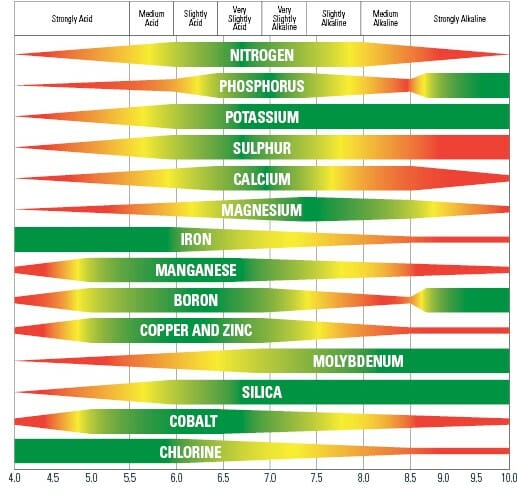
To maintain optimal pH levels, you should test the pH level every other day, and adjust the pH as needed. Testing pH is easy. Combined pH/EC meters are relatively inexpensive and require little training to use. They offer a permanent solution to disposable pH test strips and color kits, which are cumbersome and must be subjectively interpreted by the color of the reactive test material.

